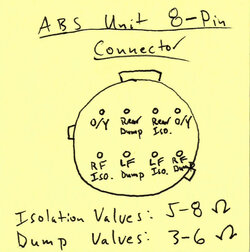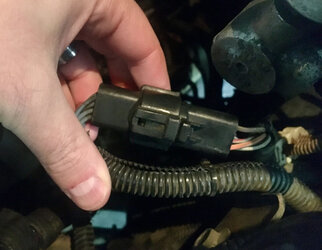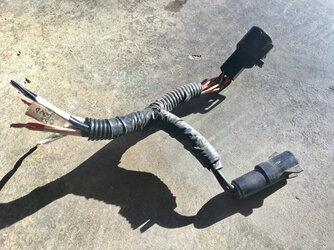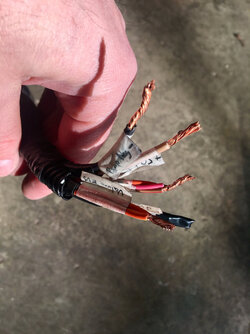kjtooltime
New Member
- Joined
- September 29, 2010
- Messages
- 4
- Reaction score
- 0
- City, State
- Oceanside, Ca
- Year, Model & Trim Level
- 1996 XLT 5.0L
Hi All,
I have a 1996 Explorer with a V8 and 4 wheel disk that has an ABS light that stays on all the time (with Key on only or if the engine is running and vehicle moving).
Using a scan tool, I was able to pull ABS Code C1194 (ABS outlet valve coil LF Circuit Failure). From the research that I did, it seemed to point to the ABS Module. I replaced the module (located in the left fender next to the battery) and the light is still on.
I have also checked the continuity of all the sensors.
What else could be the problem?
Does a new ABS module have to be programmed?
Any help would be greatly appreciated.
Thanks!
I have a 1996 Explorer with a V8 and 4 wheel disk that has an ABS light that stays on all the time (with Key on only or if the engine is running and vehicle moving).
Using a scan tool, I was able to pull ABS Code C1194 (ABS outlet valve coil LF Circuit Failure). From the research that I did, it seemed to point to the ABS Module. I replaced the module (located in the left fender next to the battery) and the light is still on.
I have also checked the continuity of all the sensors.
What else could be the problem?
Does a new ABS module have to be programmed?
Any help would be greatly appreciated.
Thanks!
















